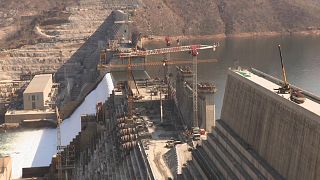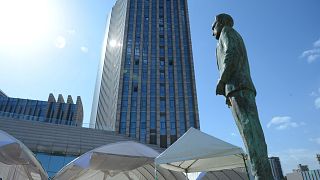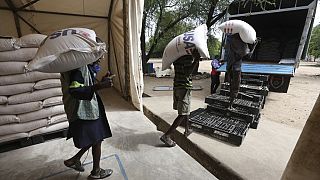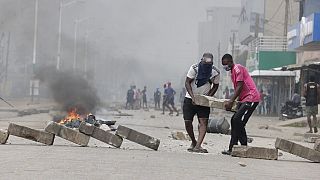Ethiopia
While the Ethiopian government started distributing emergency food aid in October after the strongest El Nino on record triggered a drought, they are asking for more aid to feed some 10.2 million people.
Men and women in Ethiopia’s northern Amhara region have been relying on the government from January to June every year for food, in exchange for digging ponds or planting trees.
The drought in the country has left some 1.3 million schoolchildren either too hungry to concentrate or drop out to search for food or water.
According to Kassaw Wale, Head of Disaster Prevention and Food Security Office, community members and elders are saying the crisis is worse than that of 1984.
“The damage is not as bad as one might expect because of the government’s as well as the public’s preparedness and the speedy response to it,” he said.
In #Ethiopia,
— USAID (USAID) March 6, 2016USAIDis providing $4M in drought-tolerant seeds to help farmers grow life-saving food during drought https://t.co/lm49cGGblE
The government was quick to acknowledge the crisis and set aside 380 million dollars of its own money into the emergency response since July.
In 1985, Ethiopia was in the grip of its worst famine, which killed around one million people.
While no one is predicting famine in the Amhara region this year, eight out of 10 Ethiopians are still dependent on rain-fed agriculture, leaving Africa’s second most populous nation in a cycle of vulnerability to drought.













01:33
The ripple effect of Trump's budget cuts on refugee camps in Kenya
01:56
EU foreign ministers discuss deal with Israel to increase Gaza aid
01:14
Boeing reaches settlement with man who lost entire family in 737 MAX Crash
01:13
China and Ethiopia reaffirm alliance at meeting on sidelies of BRICS summit
01:25
MSF: Access to healthcare in Sudan 'almost impossible' as attacks on healthcare facilities increase
01:55
US contractors say colleagues fired live ammunition at Palestinians seeking food